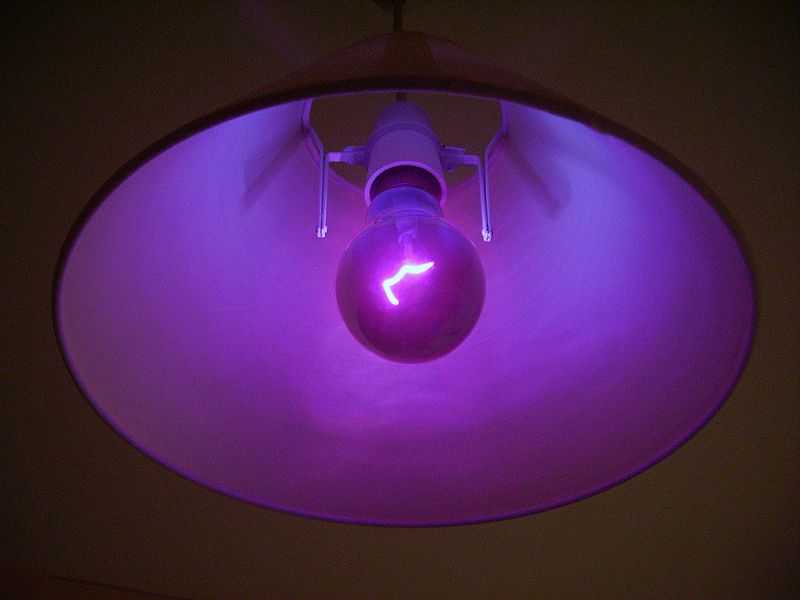Ultraviolet Pest Control
The Ultraviolet we’re talking about is NOT the character played by Milla Jovovich. However, it was a great flick!
No. Today, we’re getting into ACTUAL ultraviolet that you’ll find in light bulbs, used for fly traps.
However, just in case you missed the movie, UltraViolet (SPOILER ALERT!) The Plot: A group of genetically engineered humans called Hemophages, had enhanced speed, incredible stamina and acute intelligence. The government didn’t like that. More-and-more of the population were being transformed. The boys in Washington looked at them as menaces to society. One rogue warrior is bent on protecting her race – and seeking revenge on those who changed her life forever. With fierce fighting skills and chameleon-like abilities, Violet sets out to destroy a governments-designed time bomb that will eliminate all Hemophages. To Violet’s surprise, the deadly device is a nine-year-old boy, who was raised in a laboratory and goes by the name Six.
What Is This Miracle Light?
It’s really not something you can see. It’s just a shade to the right of visible light on the spectrum. Measured in really small qualities called nanometers. The wavelength hangs between 100 and 400 nanometers, length-wise.
Other fun factoids about the three spectrums:
- Most teenagers probably have some black light bulbs in their bedroom to make their rock posters glow. Other than the hip use of black light bulbs, UVA is a tool for those who are involved in pest control.
- The one that you see in tanning beds is named UVB.
- Then there’s the frequency called UV-C. Commonly known as germicidal irradiation. This part of the nanometer spectrum is invaluable to purify surfaces, water and air.
Bugs Love UV
Take the fly, for instance. Its got eyes which are made-up of hundreds of lenses. Resulting from that, the buzzers are able to see UV. Come across a bug zapper lately? It’s got an electric grid that shocks the flies. What attracts them to “Sparky” are the UV light that acts as a lure to the zapping part of the unit.
Flies think the UV-intense bulbs are the sun. They like sunlight. The insects are tempted to UV light between 350 and 370 nanometers in wavelength, most noticeably at 365 nm. Smack dab in the middle of the UVA spectrum. Obviously, this method of eliminating soaring pests is less toxic that spraying.
Really Space-Age Stuff on the Market
The state-of-the-art ultraviolet fly traps use sticky pads to capture flying pests. Those are covered with a material known as a pheromone which makes the flying insects really horny. Al Einstein says that you can bend light, but on a small scale UV bulbs in the trap don’t bend around corners. But the pheromones do. Meaning: The bugs can’t see the light, but they can smell the sexual, natural magnet.
Some buzzers aren’t tricked by the UV rays. But sex, well, unless you’re a worm, most living things are hot-to-trot. Some of the products you can check-out are the Satalite, Fly Trap Professional, Cento and Luralite fly traps. These likewise use pheromones. You’ll probably have to replace the pads once-a-month and change the ultraviolet light bulbs about every year.
Don’t wait until the bulbs burn-out before putting in new ones. Old light may deceive you. The spectrum of brightness is tricky that way. And not effective to the bugs you want to send to a better place, namely away from you.
You can use these devices indoors or out. Just make sure you hang the insect catcher in a place where it’s protected from rain and UltraViolet, the superhero from the 2006 action picture. She’s not a fly. UltraViolet is fast, no wings, though.
Originial Source: https://www.vulcantermite.com/garden-pest-control/ultraviolet-pest-control
Image Source: Public Domain


